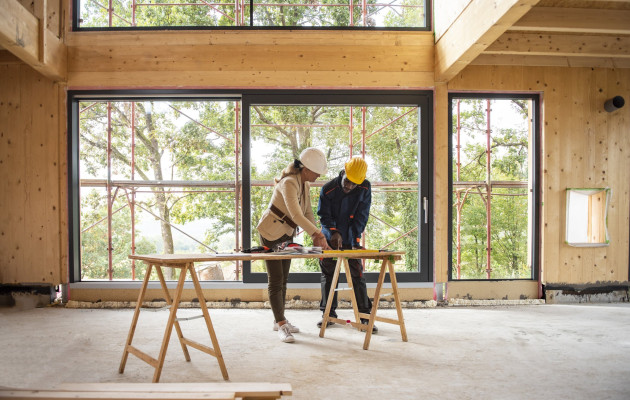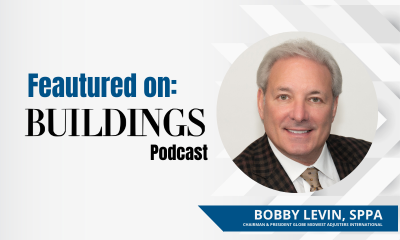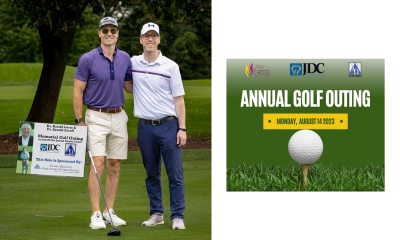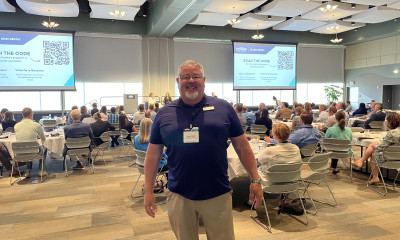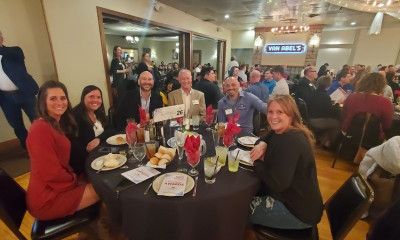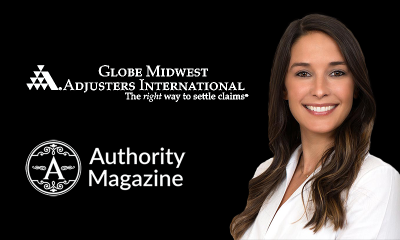Rising Construction Costs Leave Policyholders Likely Underinsured
Written By: Ethan Gross, JD
Pandemic-related disruptions have created a “perfect storm” of conditions that has restoration contractors struggling to complete repairs for amounts agreed to by loss adjusters. With experts predicting an above average Atlantic hurricane season and increased potential for an intense wildfire season, these factors create a recipe for disaster. Fortunately, there are steps insurance agents and brokers can take to prepare.
First, a Bit of Background
When the COVID-19 pandemic spread worldwide, the insurance industry’s focus was on business interruption losses and the inability to meet policy deadlines due to nationwide shutdowns. As vaccinations increased and hospitalizations waned, the world crept back to the new normal. New home construction reached its highest level in almost 20 years, home sales soared, and an American population sought to renovate their homes in which they’d been confined to for months on end. Demand for construction and construction materials, was high, but supply was low as shutdowns and illness limited production. Increased demand and reduced supply resulted in higher prices for construction materials. These events combined with current skyrocketing inflation bring us to today’s challenge: How to adequately insure property in a market that is seeing substantial and rapid increases in construction costs.
Since February, the cost of lumber has skyrocketed three times their average pre-pandemic price according to industry publication Random Lengths. Putting that in perspective is the fact that this dramatic rise has caused the cost of an average single-family home to increase by more than $18,600 according to the National Association of Home Builders. The result is no different for those restoring property damaged by losses, raising the very real concern of underinsurance.
Now What?
The built-in property insurance policy inflation guards that increase coverage automatically upon renewal have long been held as a safeguard against rising costs. Indeed, some policies have inflation guards that will pro rate a nominal increase from the date of the inception of the policy up to the date of loss. In normal times, aka pre-pandemic, barring any substantial changes to the property, the inflation guards have kept policyholders covered – or even occasionally, slightly over-insured.
What was an adequately insured property in 2019 is now likely very underinsured unless the agent or broker has done a complete reassessment of the reconstruction costs in post-pandemic dollars.
Further compounding the underinsurance situation is coinsurance. Standard coinsurance wording provides a penalty when insureds fail to insure to value or within the margin prescribed in the policy. For example, if the property value, at the time of loss, is $100,000.00 and the coinsurance percentage is 80%, the property must be insured for $80,000.00 to avoid a co-insurance penalty. The further out of ratio, the greater the penalty. The co-insurance penalty is determined based on the value at the time of loss, not the time the property was insured. So, in our example, if the property was insured $80,000.00 but the value increased from $100,000.00 at the time insurance was purchased to $150,000.00 at the time of loss, the insured we be penalized by 34%. So, if the loss was $50,000.00, they would only recover $33,000. That is a $17,000.00 penalty, ouch!
The policyholder’s situation becomes grave when underinsurance is coupled with coinsurance penalties and often forces company’s facing such a situation into bankruptcy. According to the Federal Emergency Management Agency (FEMA), “roughly 40 to 60 percent of small business never reopen their doors following a disaster.” This statistic is based on disasters during “normal” times. Think of that statistic now, when construction costs have exploded in a very short period of time.
So, What Can be Done?
There appears to be no indication on the horizon that inflation of the construction cost surge will abate any time soon. Therefore, it is critical that agents and brokers inform their policyholders of the very real likelihood that they are underinsured. In addition to the traditional areas of concern, such as having the insured notify you of improvements and/or additions to their property, the following steps may help address these new challenges:
- Increased Policy Reviews – Consider changing from annual policy reviews to semi-annual or quarterly reviews during surging markets;
- Notice – Consider notifying your clients of the current market conditions and potential impact on their insurance. That way the insured can make a well-informed decision regarding increasing the amount of insurance they carry.
- Valuation – Agents/Brokers and their insureds should perform updated property valuations utilizing sources that factor in the current market conditions.
- Agreed Value – Agreed Value endorsements negate the coinsurance penalty. While removing the coinsurance and adding this endorsement will likely result in an increase in premium, the financial risk of being penalized for being underinsured is so great that the benefits should outweigh the costs.
- Increased Replacement Cost Endorsement – Residential insureds should consider purchasing an Increased Dwelling Cost Endorsement. Also known as Extended or Guaranteed Replacement Cost, this endorsement promises to pay up to a specified amount in excess of the limit of insurance. This insurance typically increases the policy to 125 percent of the stated limit. While these endorsements have certain preconditions, such as insuring to 100 percent of value, that value, unlike coinsurance, is determined at the beginning of the policy, not at the time of loss. Assuming all the conditions are met, this endorsement provides excellent protection to homeowners faced with quick and dramatic construction cost increases like those we are experiencing now. Note, similar endorsements are available on some commercial policies as well. It is advisable to obtain this endorsement on the commercial property where available.
- Review Related Coverage – With increased demand for construction and backlogs on materials, the time to repair/rebuild damaged properties has increased dramatically. Most commercial and home policies have time element coverages such as loss of income and loss of use, that have time limits or dollar limits. These coverages must be reviewed closely to make sure they will cover these losses for extended periods of time. It is likely that the amount of coverage and time limits related to coverage need to be increased. Coverage should also be reviewed for time limits related to time to make a holdback claim.
Conclusion
Compounding the stresses of property insurance claims include a tight labor market and recent spikes in the cost of building materials, due to several factors including the supply chain issues brought on by the COVID-19 pandemic which were addressed in detail in a recent edition of our Insights for Your Industry publication which can be read and downloaded here. Most recently, to further exacerbate the situation, there is a new surge in the cost of construction-related labor and material brought on by the massive damage caused by Hurricane Ian. With all of these issues combined, there does not seem there will be any relief in the near future
You can view the complete library of our technical publication, Adjusting Today, for more in-depth information on many other coverage topics.

